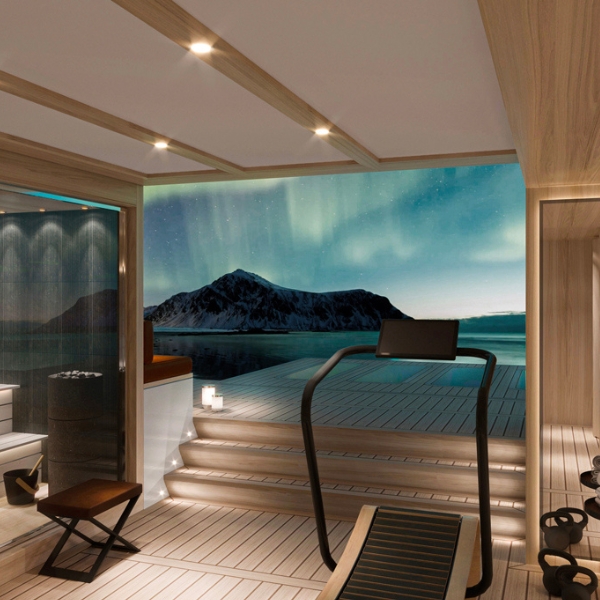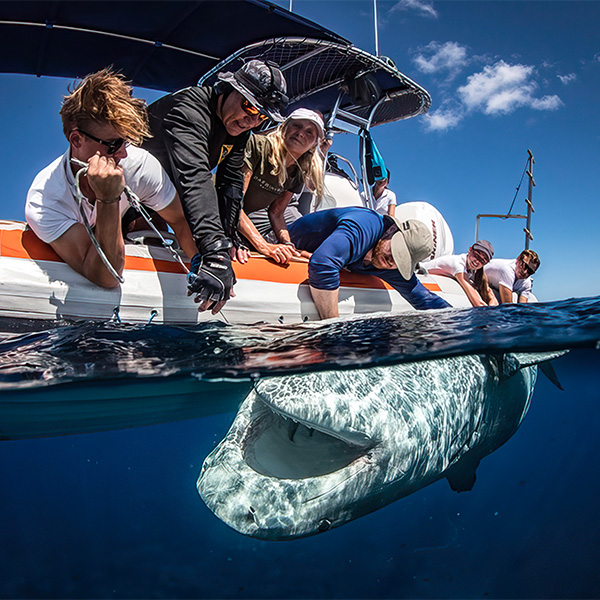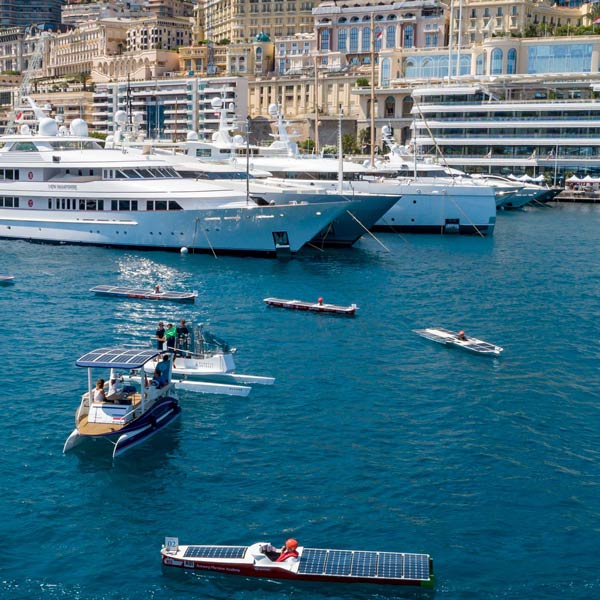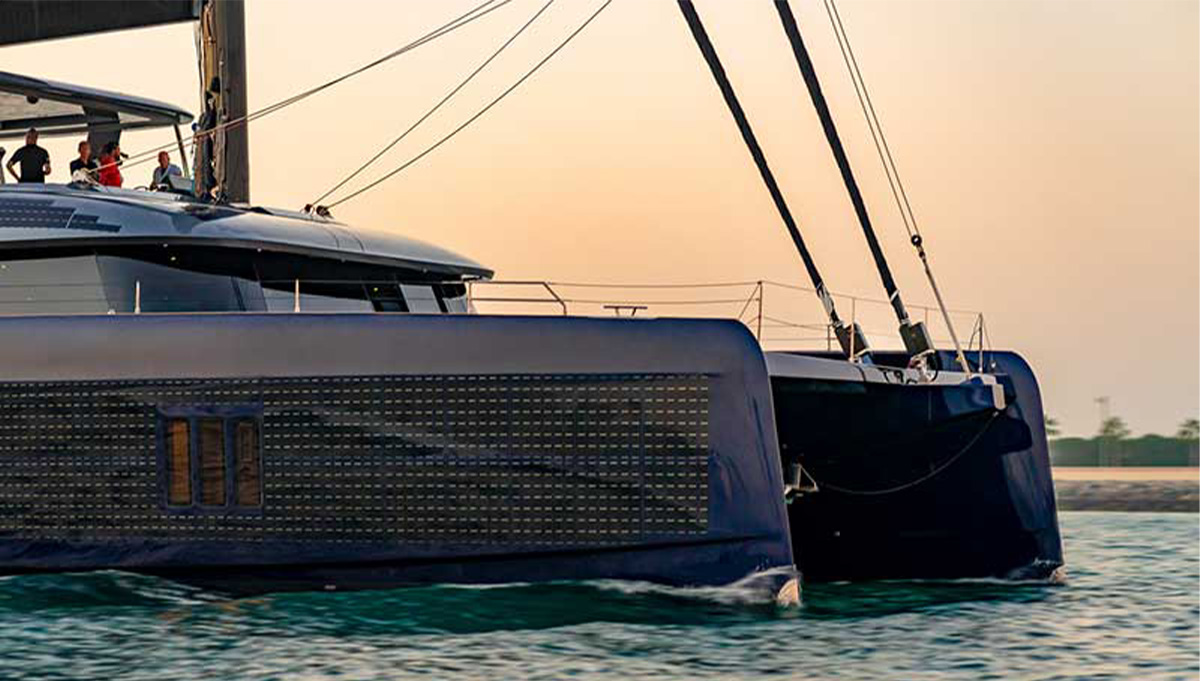

Beyond the horizon
It’s easy to think of the superyacht industry being behind the times when it comes to greener technologies, but actually history shows nothing could be further from the truth.
Tick tock. It’s a universal expression of impatience that implies we need to hurry things up, and it seems appropriate as a start point for a piece that, essentially, is about time. Time is often cited as the last great luxury, because many of those who are considered wealthy may be cash-rich but they are often time-poor. Superyachting for most owners has always been less about showing off and more about spending precious time with family and friends. But parallel to this is the growing worry that time is running out for us as a species when it comes to climate crisis and the environment.
With this in mind, I’m going to take just a few minutes of your time to show that the yachting industry isn’t only just waking up to the tick-tock pressure of environmental crisis – in fact, it has a history of pushing boundaries that don’t follow other sectors but rather mirror or lead them. While it’s true that superyacht builders are making headway with new, pioneering projects that speak to a reduced-emission future, this isn’t just a recent development. Indeed, it’s interesting to see how the niche superyacht segment has in many regards kept pace with the global automotive industry – a sector that has seemingly unlimited funds for investment and development compared to our relative cottage industry.
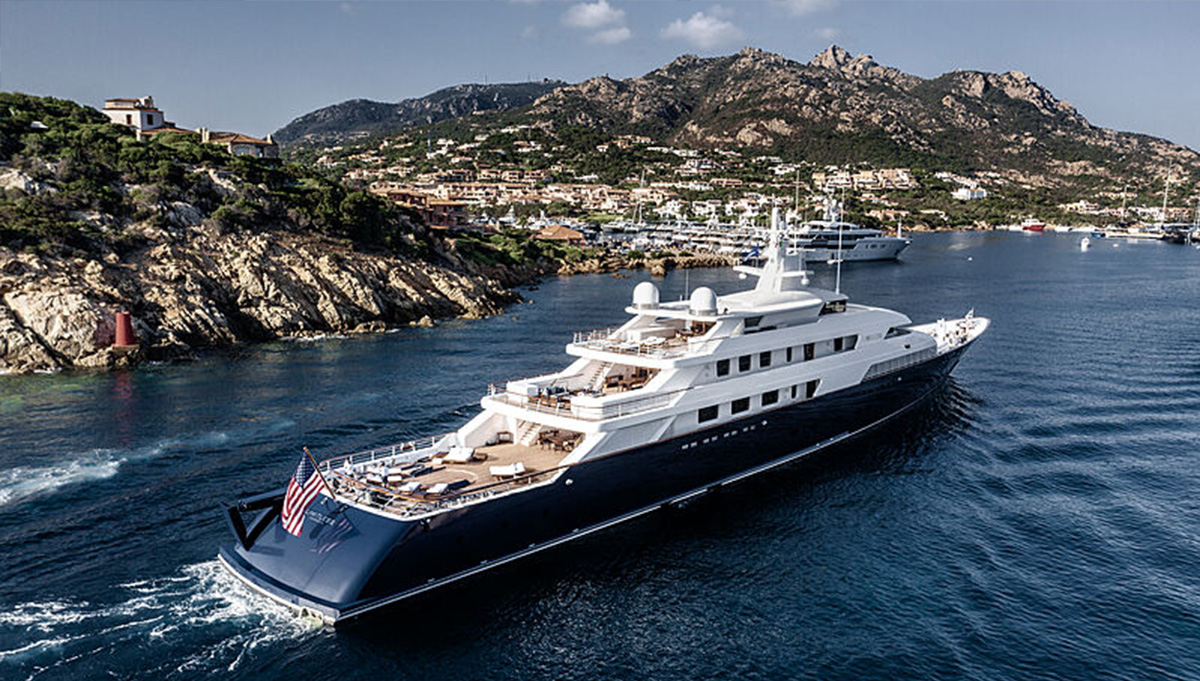
Limitless Photo: SuperYacht Times

Limitless Photo: SuperYacht Times
So let’s step back in time. It’s 1997, and Toyota is releasing the very first Prius hybrid onto the Japanese domestic market, just as Lürssen launches the 96-metre Limitless. The yacht breaks new ground for the nascent superyacht industry, using a diesel-electric drivetrain that it could be argued heralds the advent of hybrid and electric yachts. The Prius goes global in 2000, and while the pace of development in yachting is necessarily longer – superyachts just aren’t built at the rate or volume of cars – design and engineering teams are already working on more advanced solutions across the fleet.
In 2005, Lürssen’s 90-metre Ice (ex-Air) is delivered after a multi-year design, development and build programme. The yacht is the first to feature electric azimuthing propellers as its drive system, powered by generators, rather than using conventional diesel engines direct-driving propellers on the end of shafts – in effect, another step toward separating the means of propulsion from the means of producing power, which will allow us to look to alternatives to fossil fuels.
In 2008, when Tesla’s very first electric car is launched, the Ferretti Group unveils the Mochi Long Range 23, a 23-metre yacht designed with a super-efficient hull and a true hybrid drivetrain that allows four different modes of operation, from conventional diesel drive to running solely on batteries. It is the first yacht to be awarded Italian classification society RINA’s new Green Star Clean Energy and Clean Propulsion notations. The following year, Azimut launches the Magellano range with the 74, which features a super-efficient ‘dual-mode’ hull that offers efficient cruising at displacement speeds as well as at a faster semi-displacement speed; this is followed in 2010 by the 15.6-metre Magellano 50 which is offered with an Easy Hybrid system for zero-emission electric cruising at up to 8 knots, making clean cruising available to boaters across the spectrum.
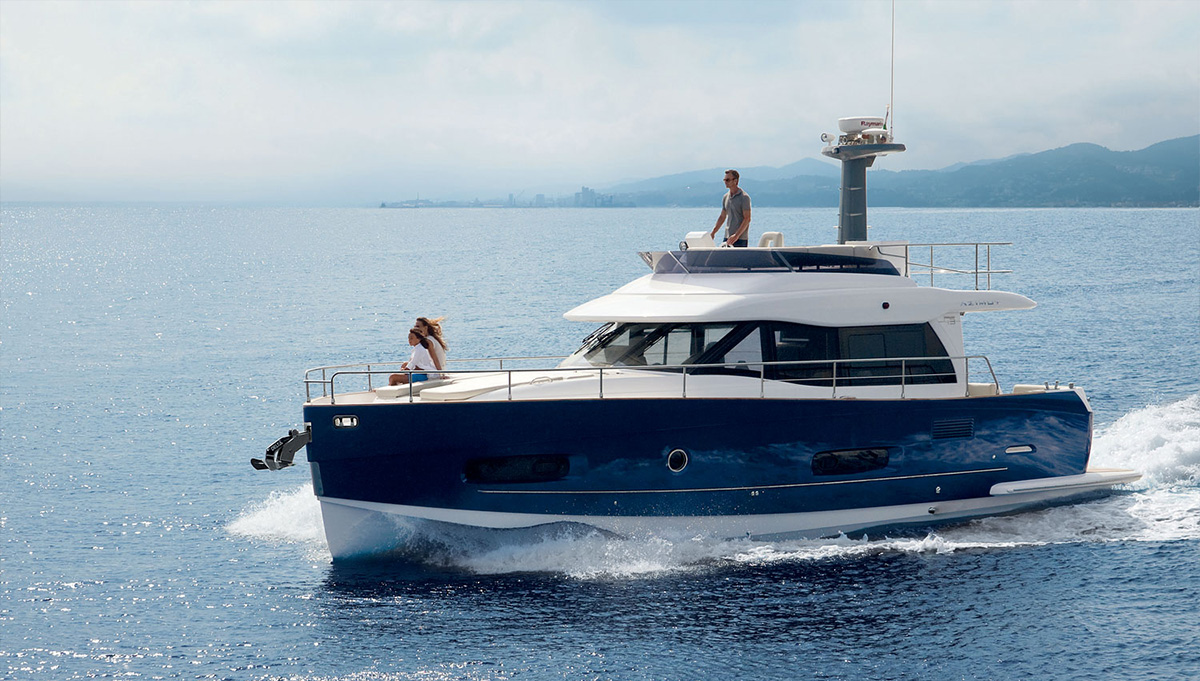
Magellano 43

Magellano 43
At the other end of the scale, Silicon Valley graduate Bill Joy had spent the early 2000s investing heavily in the development of fuel cell technology, hoping to make his 58-metre sailing yacht Ethereal – which launches in 2009 – the world’s first to feature hydrogen fuel cells (a good six years before the automotive sector managed to launch a car with a fuel cell). Although the tech isn’t quite mature enough by the time the yacht is delivered – she was fitted instead with a bank of batteries that could be swapped out when fuel cells were viable – she not only becomes perhaps the first true hybrid superyacht but has also helped accelerate the development of fuel cells, which now feature in clean public transport solutions and which are starting to appear in the next generation of superyachts under construction.
Take Lürssen’s 114-metre Project Cosmos, for example, which had her technical launch in March 2023. Under construction for a Japanese client who is a self-confessed technology nut, the yacht will feature fuel cells that will allow up to 1,000 miles of zero-emission cruising or up to 15 days emission-free at anchor. “My grandfather built the world’s first motorboat in 1886,” Peter Lürssen has observed in the past. “My dream is to be the first to build a yacht without a combustion engine.”
For sure, times are changing and the attitudes of some owners to make a difference are becoming even more prevalent in their children. It’s true for all sizes and types of yacht, from Jeff Bezos’s new leviathan which draws on sail power to mitigate its reliance of engines to yachts at the production end of the scale that are moving ever further toward efficiency over power. “The European market is definitively more long-range, green, quiet and vibration-free,” Ewen Foster, Chief Technical Officer at Sunseeker, told me recently. “The ability to charter and resale are a concern for clients no matter how rich they are, in that their boat might not be attractive second hand.”

Ethereal Photo: Beverley Wellington

Ethereal Photo: Beverley Wellington
“It’s also the children and their pressure,” he continued. “We might see a gentleman all gung-ho wanting the fastest boat possible and wanting their name on it, but their children say they are going to chain themselves to the side of the boat so it can’t be used, that it’s not ecologically sound and they don’t want to be associated with it. I think the younger generation do have a big influence on the type of boat an owner will buy – and whether it’s direct influence from children or whether it’s perceived, people do care about being green.” Time, for sure, is running out when it comes to changing our ways as a species, but the history and the evolution of the superyacht industry shows that as a sector we have not, as so many might claim, been behind the times – it is replete with the foresight and futuristic technologies owners, designers and shipyards not only embrace, but often help pioneer.
It’s fair to say that superyachting – just like every other industrial sector – still has a long way to go, and in no way do I claim we have time to sit back and rest on our laurels. But it’s important to realise that we don’t play second fiddle to other sectors, and we don’t merely react to what’s going on in society like a recalcitrant teenager being told to go do their homework. The superyacht industry is a vibrant hotbed of innovation and advancement, where dedicated engineers can draw on the enthusiasm and resources of passionate owners to bring complex ideas to fruition to the benefit of all, and I take encouragement from the fact that some of these aspects are finally being recognised by the media, and hopefully by the wider public. It’s about time.

